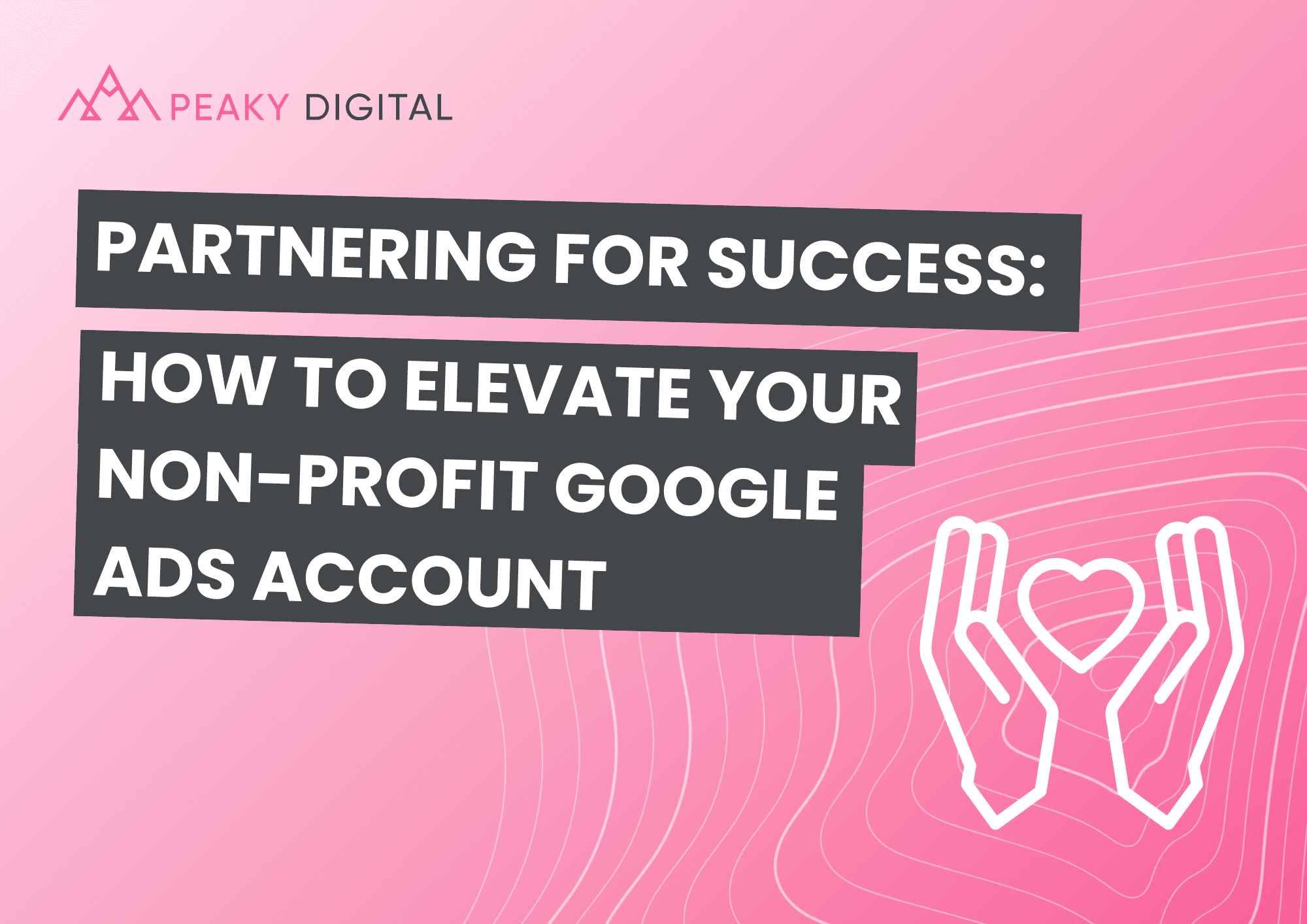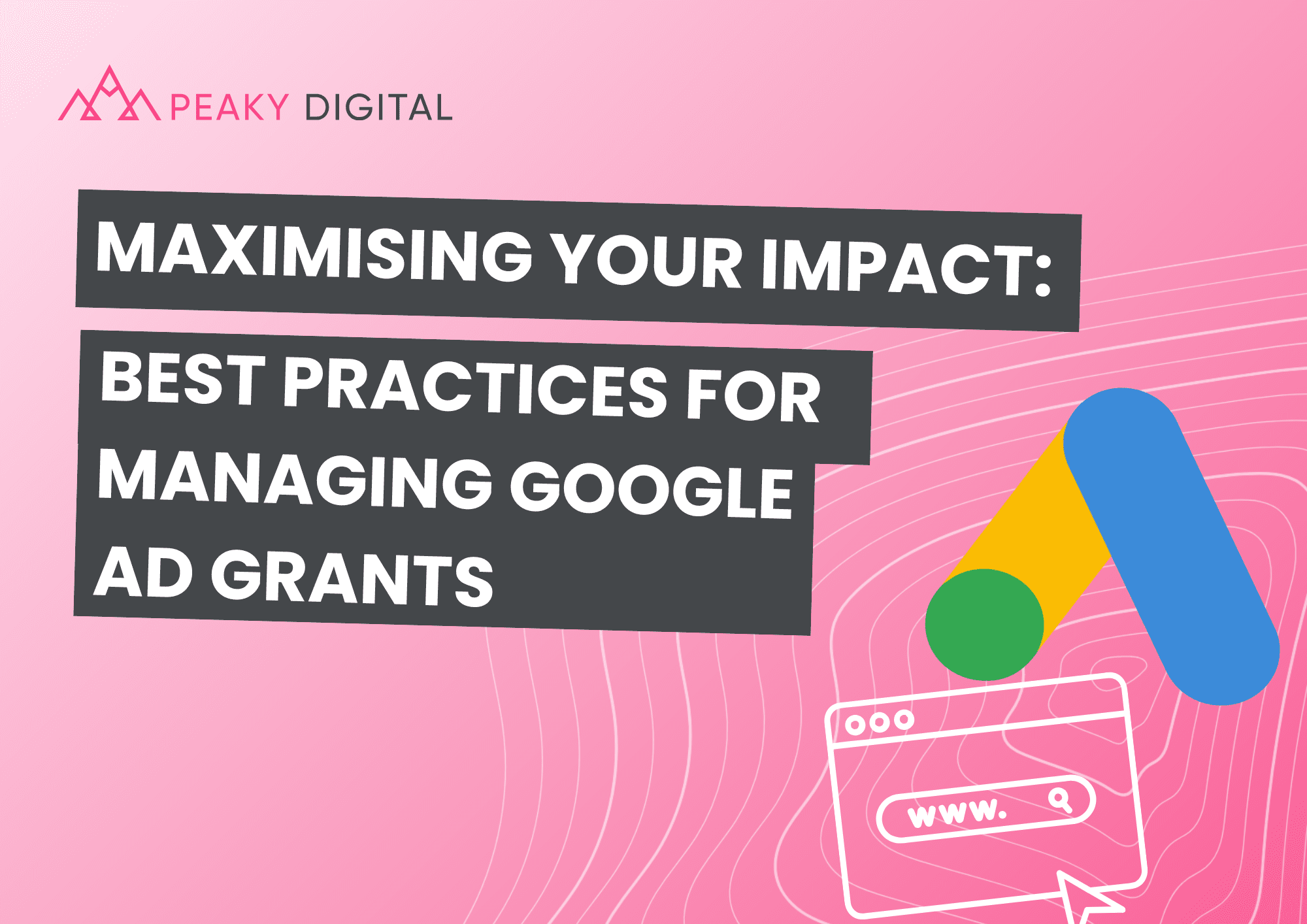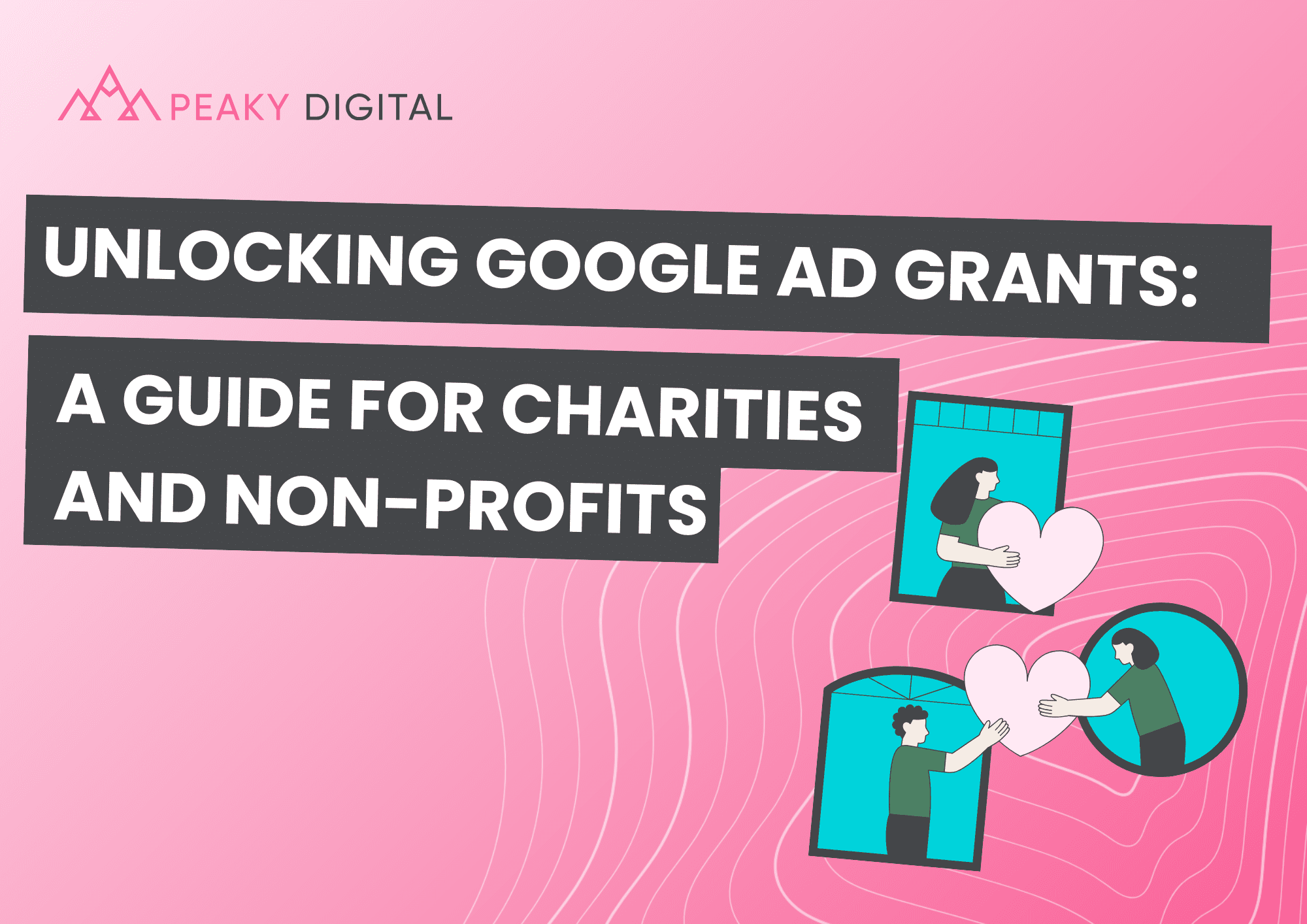
Partnering for Success: How to Elevate Your Non-Profit Google Ads Account
Apr 10, 2025
Managing a Google Ad Grant seems simple in theory but with Google’s strict Ads Grant policies,…

We all know the important role link building plays in SEO, the more links with anchor text the better right? Well, yes and no. There is a lot of confusion regarding the importance Google places on anchor text within backlinks and if you aren’t an expert it can make pretty difficult reading. It makes sense to start at the beginning and see what Google themselves derive as the relevance of a link and the text it contains.
Anchor text is the visible characters and words that hyperlinks display when linking to another document or location on the web. It usually appears as blue underlined text, but you change your website’s link colours and styles through your HTML or CSS.
As Google view links as votes of approval specific, rather than generic, keywords which are relevant to the area of your site to which the links are pointing is essential. The web page the link arrives at should have been optimised in terms of the keyword phrase included in the link. An SEO expert can do this quickly and easily, to an amateur it can all seem a bit confusing.
Logic plays a big part in ensuring your backlinks contain the anchor text to reap the maximum benefit. As Google has decided that a large portion of their search algorithm will focus on inbound links they are counting each one as a vote of confidence from the source of the link. By analysing all the constituents of a link and where it comes from enables them to determine the specifics. This is turn allows them to gather much more detailed information about the ‘vote’ being cast.
There are really only two common elements in this process; the web page the link is going to and the anchor text within it. It is due to this process that is it so important to get that anchor text spot on. If such a thing as link popularity didn’t exist every anchor text used to create a link would be representative of the content of the website, but as we know this is simply not the case.
In short, Google uses the link to assume a vote is being cast for a website, or rather a specific web page, and the anchor text tells them why the vote is being made. That’s not the end of the story, however. Due to link exchanging and artificial inflation of popularity Google no longer stops at anchor text when it comes to validation. It now examines both websites in order to qualify the link, thus emphasising the importance of relevant anchor text and effectively bringing down the curtain on spam links.
Digital agencies who do this type of work on a daily basis are the best people to check overall links and anchor text attached to your site. Keeping up with Google’s habit of constantly changing the goalposts is best left to the experts. You can easily find yourself getting bogged down trying to bring both your links and anchor text up to scratch. Valuable time which could be better spent elsewhere.
If you need help with your onsite strategy, why not get in touch!
Brand awareness, business growth or a bigger and better ROI, our team of digital specialists are here to help you get the most from your brand. Let's start a new partnership today.

Apr 10, 2025
Managing a Google Ad Grant seems simple in theory but with Google’s strict Ads Grant policies,…

Apr 7, 2025
You’ve got the Google Ad grant for your organisation—but what’s next? Having free ad spend…

Apr 2, 2025
Imagine having up to $10,000 of free advertising every single month to shout about your cause. …